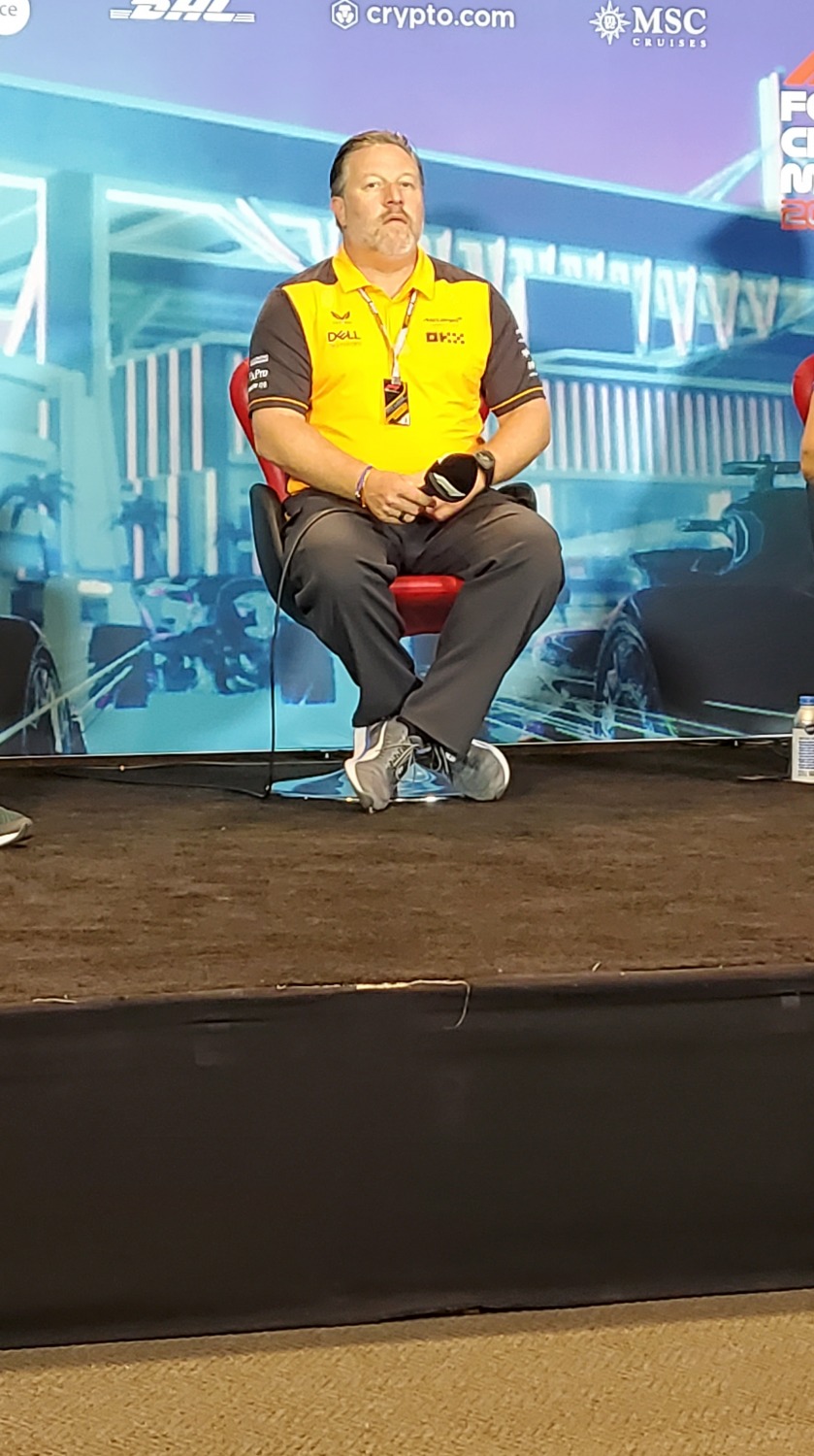McLaren: British Roots, American Resurrection | Hitting the Apex
McLaren was founded in the 1960s and eponymously named for founder Bruce McLaren, a New Zealander.
But it is an unmistakably a British racing team, with its home in Woking in England.
While Bruce McLaren is the foundational figure in McLaren’s early development (he passed away in an accident at the age of 32), the man who is central to McLaren’s rise as the 2nd most successful team in Formula 1 history (only behind Ferrari) is the Woking-born Ron Dennis.
Dennis took over a struggling McLaren team in September of 1980, and in a year had full control of the team.
Businessman, Engineer, Entrepreneur
Ron Dennis will forever remain the seminal figure in McLaren’s history. Through a series of shrewd business moves, leveraging his hybrid business-engineering background, Dennis built McLaren into a modern, efficient organization.
Everything we associate today with Mercedes applies to McLaren in the 1980s. In a span of 8 years from 1984-1991, McLaren won 7 World Drivers Championships and 6 Constructors Championships. The envy of Formula 1, McLaren boasted the best engines, the best designs, and the best overall car.
And that doesn’t mention the drivers.
Niki Lauda, Alain Prost, and Ayrton Senna all won championships for Dennis’ McLaren.
But, as Christian Horner said today when discussing the Monaco Grand Prix, if you’re not moving forward, you’re being left behind.
And as the 80s ran into the 90s, McLaren struggled to keep pace. Williams and Benetton became the predominant force in Formula 1, powered by Renault, and McLaren’s partnership with Mercedes was off to a slow start.
But by the late 90s, McLaren was back on top. Mika Hakkinen won consecutive WDCs and in 1998, McLaren won the double, also capturing the Constructors championship, which is still their last.
The turn of the century saw the beginning of the end for McLaren, as Ferrari and Michael Schumacher took over the sport.
Desperate, Dennis begin sowing the seeds of his own demise. In the scandal that came to be known as “Spygate” McLaren used illicitly acquired intellectual property from Ferrari to help develop their car and close the gap to the front-runners. In that 2007 season, McLaren was the fastest car, with drivers Fernando Alonso and Lewis Hamilton feuding with each other. The pair also turned state’s evidence against McLaren in exchange for providing evidence that McLaren had cheated to the extent that it provided them a sporting advantage.
McLaren was kicked out of the Formula 1 Constructors Championship (one they were sure to win) and fined a still record for any sport $100 million. Alonso and Hamilton were still able to compete, but feuded on track, cannibalizing each other’s points and handing the title to Kimi Raikonnen.
Worse yet, Mercedes, rather than buy out the remaining shares of McLaren, decided to go it alone. McLaren was now going to compete with the partner that had powered their cars for the past 15 years. Lewis Hamilton won the first of his WDCs with McLaren in 2008, and it was the last time McLaren achieved that level of success.
As Mercedes became the dominant force in Formula 1, McLaren slowly faded into obscurity. Dennis left as CEO in 2009, and save a brief attempt at a comeback in 2014, left the McLaren ecosystem, with all ties formally dissolved in 2017.
Enter the American
For 3 decades, Ron Dennis was the person responsible for McLaren, and his absence left a vacuum, amidst an outfit struggling with a Honda engine that did not work with the car, and did not work at all.
Before Netflix’s Drive to Survive took the world by storm, Amazon had a series focused just on McLaren, called Grand Prix Driver which looked at drivers Stoffel Vandoorne and Fernando Alonso, and the new executive director. That executive director was named Zak Brown.
One of the shocking things about Brown is how unapologetically American he is. The series captures a fascinating point in McLaren’s history where you could see the partnership with Honda coming off the rails (the series ends with McLaren announcing they would switch to Renault engines). But you also notice Brown’s trademark, American style.
He glad hands, works the room, is effusive, is gregarious, all the things you associate with someone that is an American marketer.
But Brown is a racer at heart. And that comfort that he not only knows this Formula 1 world, but belongs in it, is what gives him the confidence to be himself, assuaging the natural tendency of American’s when confronted with a prim, European environment, to attempt to adopt their mannerisms, to blend in.
In 2018, Brown formally took over as CEO of McLaren.
The British company, run by an American.
In 2021, a McLaren driver (Daniel Ricciardo), powered by a Mercedes engine (McLaren used a combination of Honda and Renault engines from 2015-2020), won a race for the first time since a Mercedes-powered McLaren driven by Jenson Button won the last race of the 2012 season. 9 years in the abyss.
With the sport continuing to expand in the United States, McLaren finds itself uniquely positioned to capitalize on this growth (which Brown credits unreservedly to Netflix) and position itself as an American alternative (with Gene Haas’ eponymously named team being the only American-owned team).
When Toto Wolff described the Miami Grand Prix as “Mega,” Brown responded that it was “Mega Mega.”
Why?
Because “I’m American, we’ve gotta go bigger.”
With the swash-buckling American at the helm, it’s only a matter of time before McLaren goes bigger.
Vishnu Parasuraman is a contributor for @FiveReasonsSports. He covers the Miami Hurricanes for Sixth Ring Canes and Formula 1 for Hitting the Apex. You can follow him on twitter @vrp2003



Leave a Reply
Want to join the discussion?Feel free to contribute!